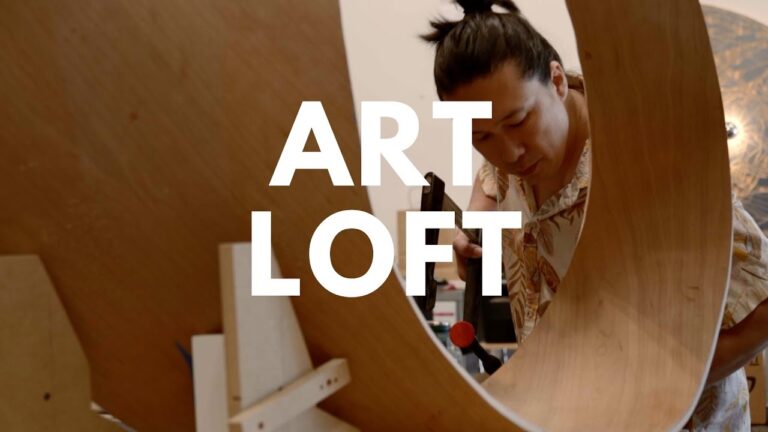Explore the rich and vibrant world of ethnic African design influence in this captivating article. From bold patterns to intricate textiles, discover how African culture has shaped the global fashion and interior design industries. Join us on a journey through the colors, textures, and stories that have inspired a new wave of creativity and appreciation for traditional African artistry.
What influences does African art have?
African art has had a profound impact on various art movements, such as Cubism, Fauvism, and Expressionism. These movements were influenced by African art’s use of dissonant colors, geometric forms, and fractured or distorted human figures. The incorporation of these elements added a unique and dynamic aesthetic to Western art, breaking away from traditional styles and paving the way for new forms of artistic expression.
How did African art influence European art?
The influence of traditional African art on European art is undeniable. Many elements found in African art, such as symbolism, pure abstraction, and constructivism, can be seen in the developments of contemporary European art. The Neo-Cubism of Villon’s “architecture in space” and the use of prismatic color can be directly linked to the influence of African art. Additionally, the expressionism and surrealism found in European art can also be traced back to the impact of traditional African art.
The impact of African art on European art can be seen in the way that European artists incorporated elements such as symbolism, pure abstraction, and constructivism into their work. The use of prismatic color and the development of Neo-Cubism can be directly attributed to the influence of traditional African art. Furthermore, the expressionism and surrealism found in European art can be traced back to the impact of African art, showcasing the lasting influence of African artistic traditions on European art.
In summary, traditional African art has had a significant influence on European art, with many elements of African art finding their way into the developments of contemporary European art. The use of symbolism, pure abstraction, constructivism, and prismatic color can all be traced back to the influence of traditional African art, highlighting the enduring impact of African artistic traditions on European art.
How has African culture influenced the world?
African culture has made a lasting impact on the world stage, showcasing its vibrant and diverse heritage. From the rhythms of Afrobeat music to the colorful patterns of African textiles, the influence of African culture can be seen and felt globally. As more people embrace and celebrate the beauty of African traditions, the world becomes enriched with a deeper appreciation for the rich cultural contributions of the continent.
Exploring the Rich Heritage of African Textiles
African textiles are a vibrant and integral part of the continent’s rich heritage, reflecting the diverse cultures and traditions that have evolved over centuries. From the intricate designs of kente cloth in Ghana to the bold patterns of shweshwe fabric in South Africa, each textile tells a story of craftsmanship and artistry. The use of natural materials and traditional dyeing techniques further enhances the beauty and cultural significance of these textiles, making them a valuable and timeless expression of African identity.
Exploring the rich heritage of African textiles is not only a journey through history, but also a celebration of creativity and innovation. The intricate weaving and dyeing processes that have been passed down through generations showcase the ingenuity and skill of African artisans. As these textiles continue to inspire contemporary fashion and design, they also serve as a powerful reminder of the resilience and creativity of African communities. By preserving and promoting these age-old traditions, we honor the legacy of African textiles and ensure that their beauty and cultural significance are cherished for generations to come.
Decoding the Symbolism in African Artistry
African artistry is a rich tapestry of symbols and meanings, each piece telling a story that transcends time and space. From intricate beadwork to bold tribal masks, every detail holds significance in decoding the symbolism behind these artworks. The use of vibrant colors, geometric patterns, and animal motifs all contribute to the cultural heritage and spiritual beliefs of African communities.
Exploring the depth of African artistry unveils a world of hidden messages and cultural traditions that have been passed down through generations. By understanding the symbolism behind these artworks, we gain a deeper appreciation for the creativity and ingenuity of African artists. Whether it’s a carved wooden sculpture or a piece of intricate textile, each work of art offers a glimpse into the rich history and diverse cultures of the African continent.
Embracing the Beauty of Traditional African Patterns
Immerse yourself in the rich and vibrant world of traditional African patterns, where each design tells a story and celebrates the cultural heritage of the continent. From intricate geometric motifs to bold, colorful prints, these patterns are a feast for the eyes and a testament to the creativity and craftsmanship of African artisans. Embrace the beauty of these time-honored designs and incorporate them into your wardrobe, home decor, or art to add a touch of African elegance and flair to your life. Let the mesmerizing patterns transport you to a world of tradition, history, and beauty that will leave you captivated and inspired.
In conclusion, the influence of ethnic African design on modern fashion, art, and interior design is undeniable. From vibrant colors and bold patterns to intricate craftsmanship and storytelling elements, African design continues to inspire and captivate creatives around the world. As we continue to celebrate and embrace diversity in design, it is important to recognize and honor the rich cultural heritage that has shaped and continues to influence the global design landscape. Let us continue to draw inspiration from ethnic African design, paying homage to its beauty and significance in the world of creativity and innovation.



